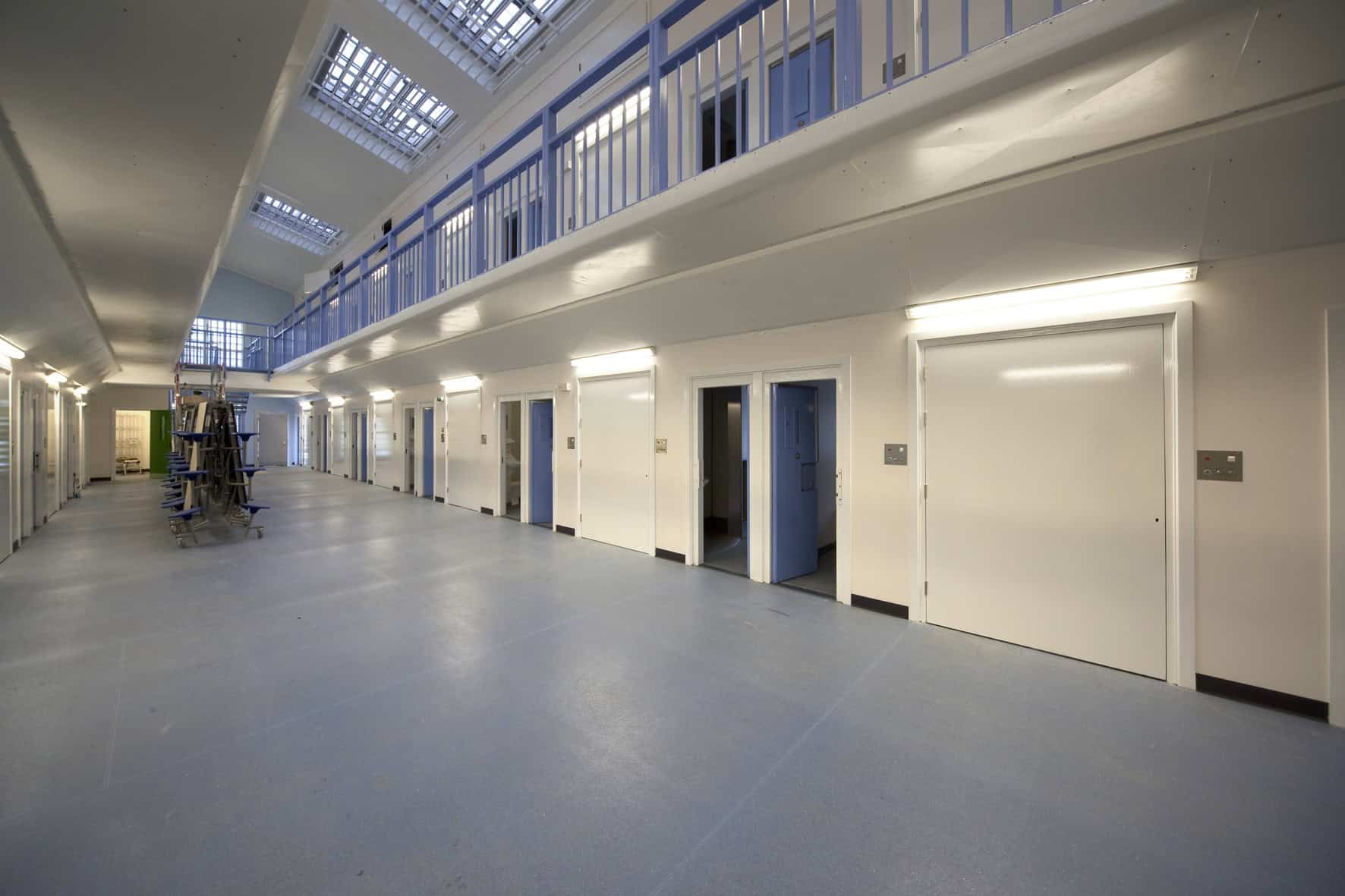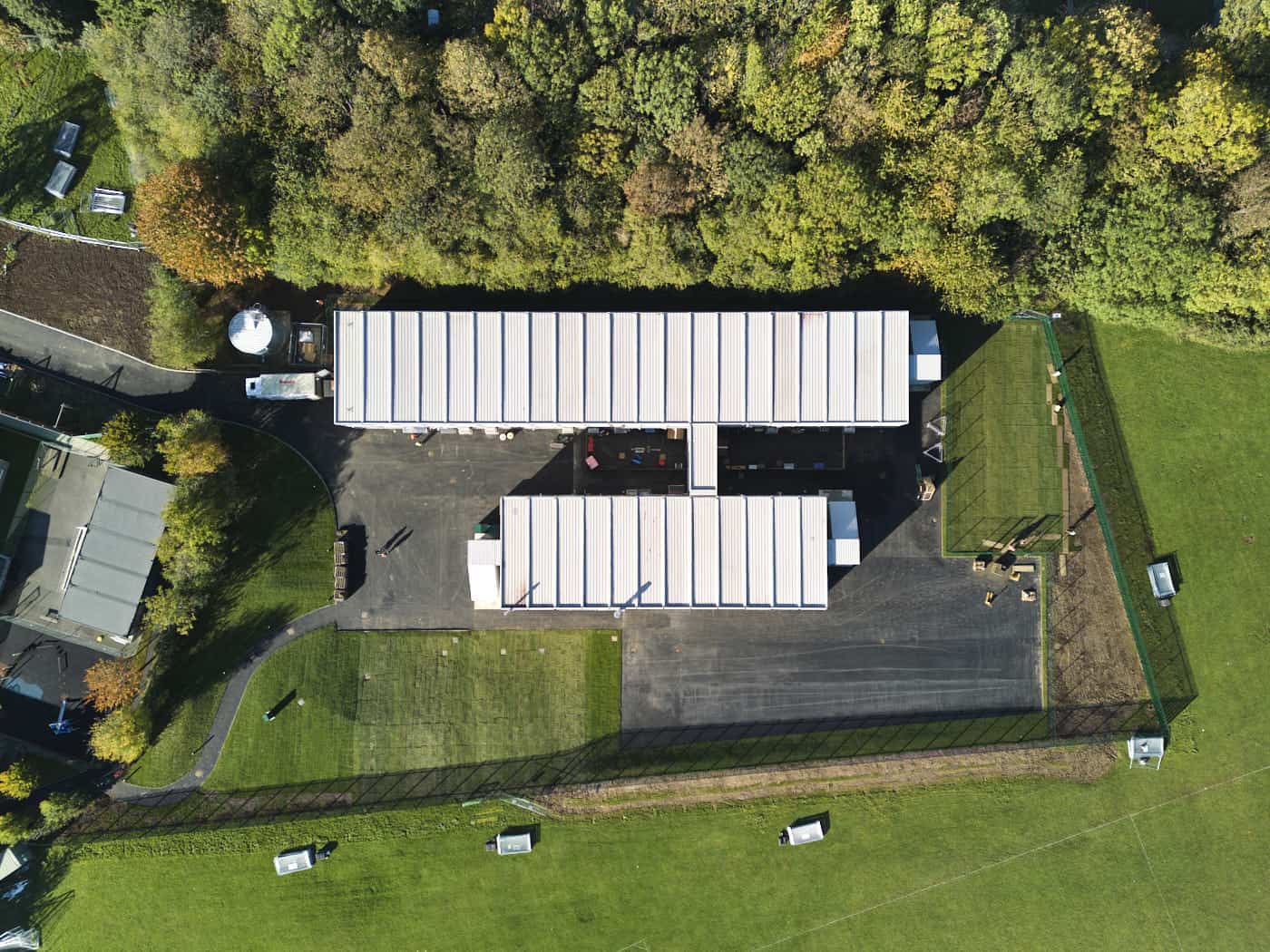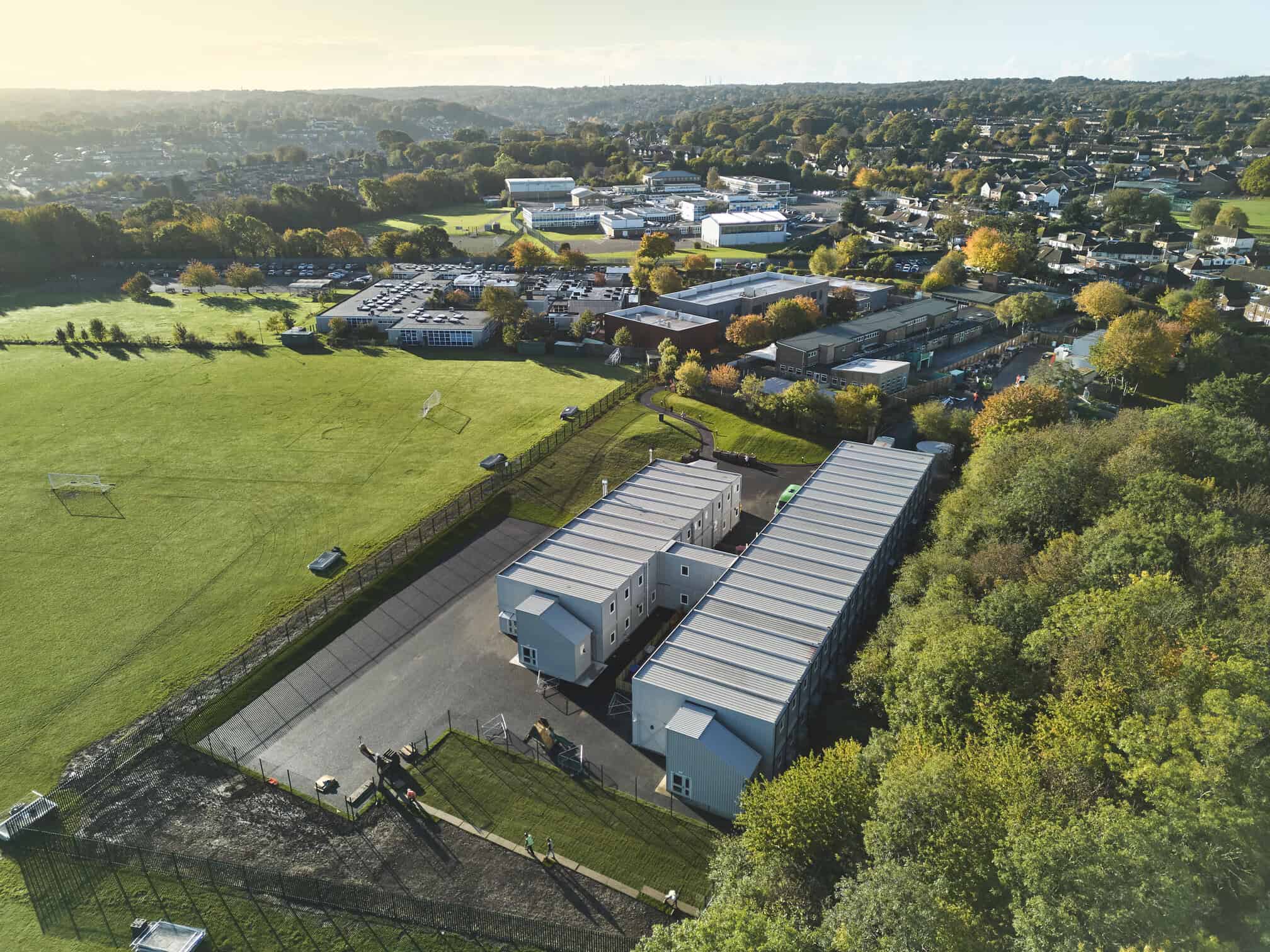The UK’s prison estate is rapidly running out of space. By 2027, the Ministry of Justice (MoJ) predicts the prison population could grow to between 95,000 and 114,000 as the courts clear a backlog of cases. Initiatives such as the £1 billion Alliance 4 New Prisons (A4NP) programme – a collaboration between the MoJ and construction firms Kier Construction, Wates, Laing O’Rourke and ISG – are making headway to expand prison capacity. A4NP alone promises to introduce over 6,000 prison places across four new adult male prisons.
However, getting the UK’s new prisons up and running will require a team effort. Now more than ever, flexible, modular solutions have a key part to play in the future of the UK’s prison estate.
But what does this look like? Let’s take a closer look at modular’s role:
1 . Modular building as office and welfare solutions
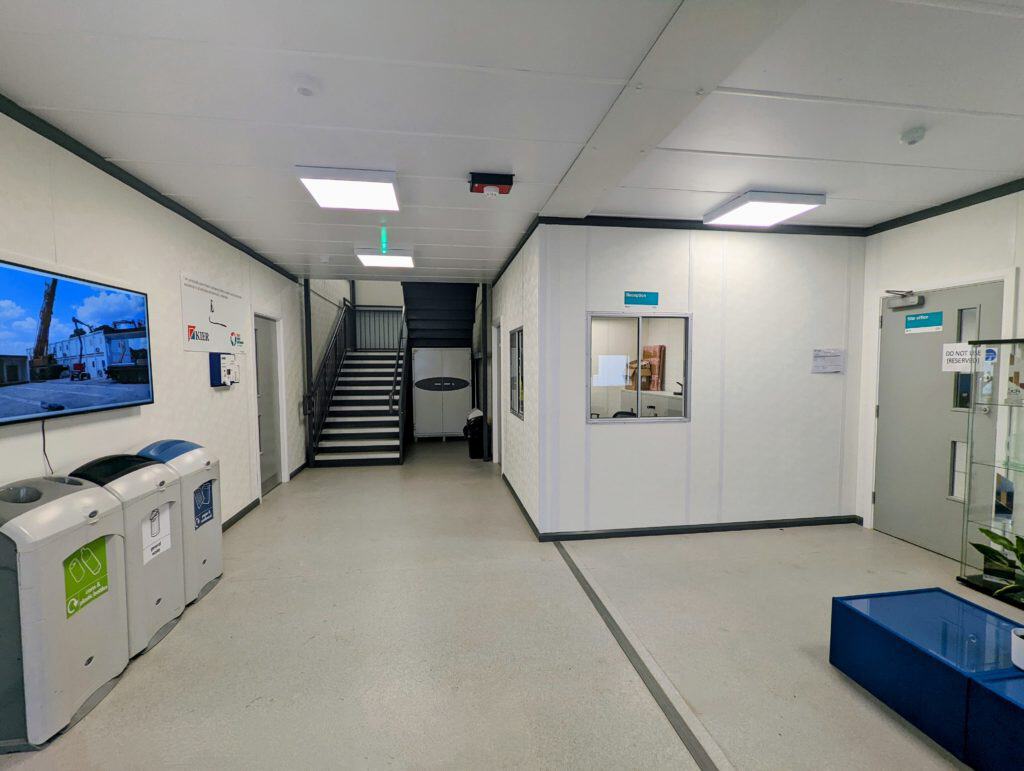
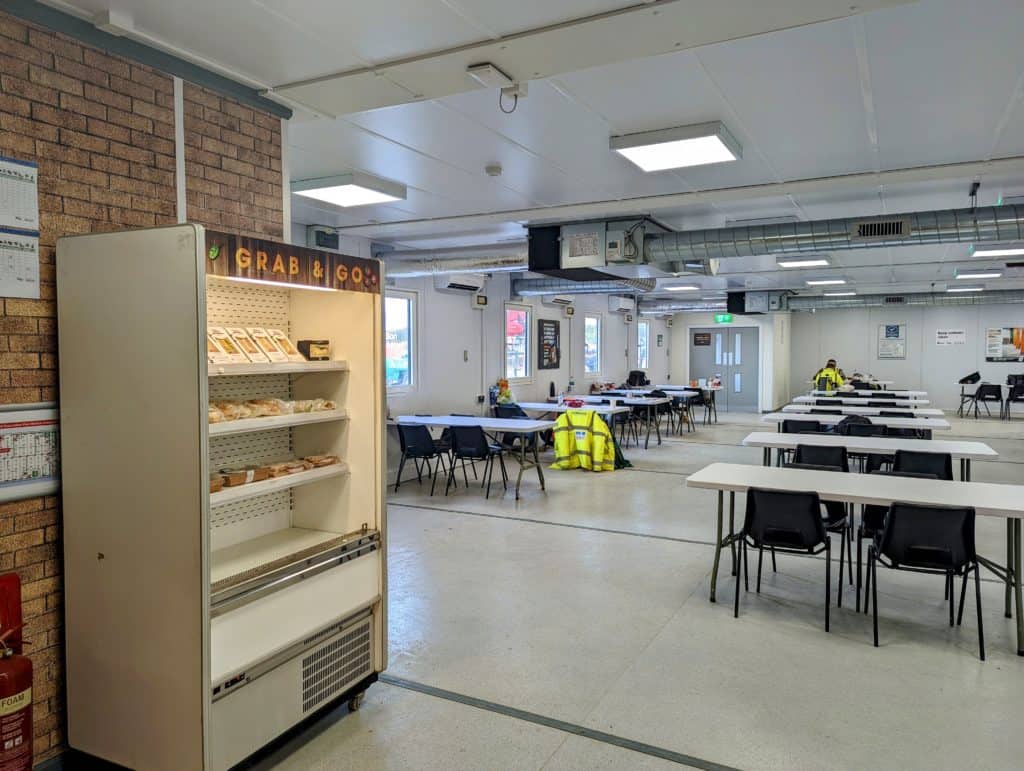
Modular building solutions are well-suited and readily used for welfare, office and accommodation facilities to house workers during a prison’s construction, as getting welfare facilities on site for workers is a priority during the first stages of operations.
Both scalable and fast to deliver, modules can be quickly installed and removed to adjust a building’s capacity, depending on the number of people using it. This flexibility is invaluable, particularly for longer-term, large-scale prison construction schemes where on-site facilities will be needed in different spaces or sizes throughout the project. Want to know more? Take a look at the two-phased rental solutions we delivered to support the construction of HMP Full Sutton – a scheme comprising five modular buildings of over 130 modular units.
2 . Modular building as ancillary facilities
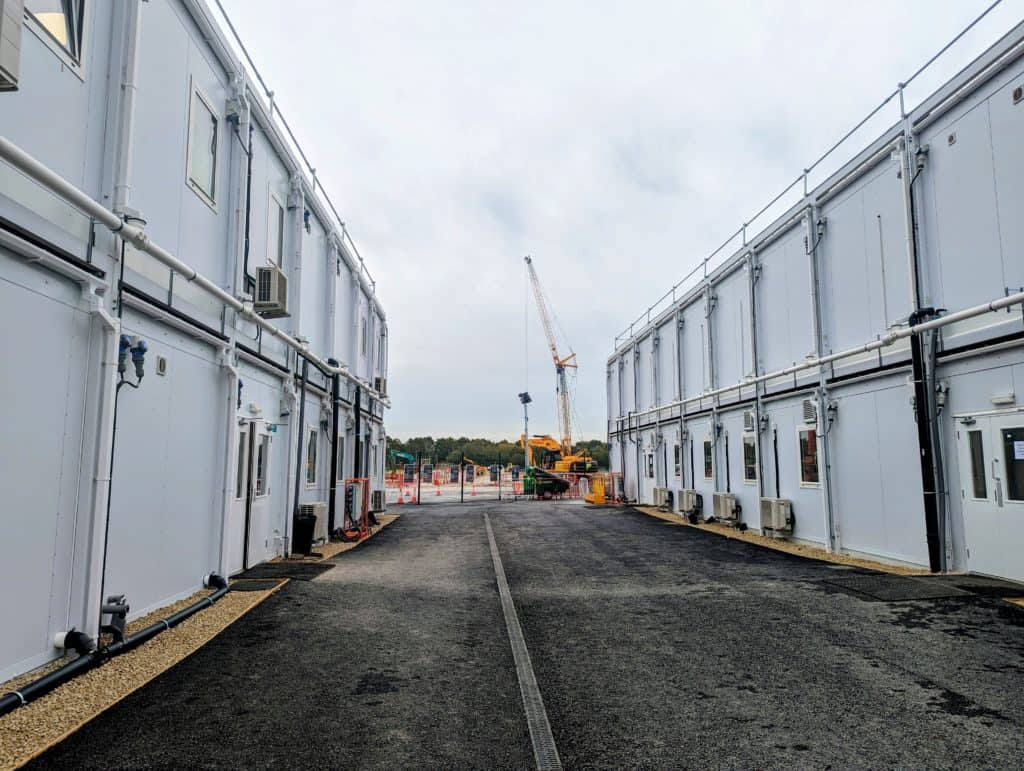
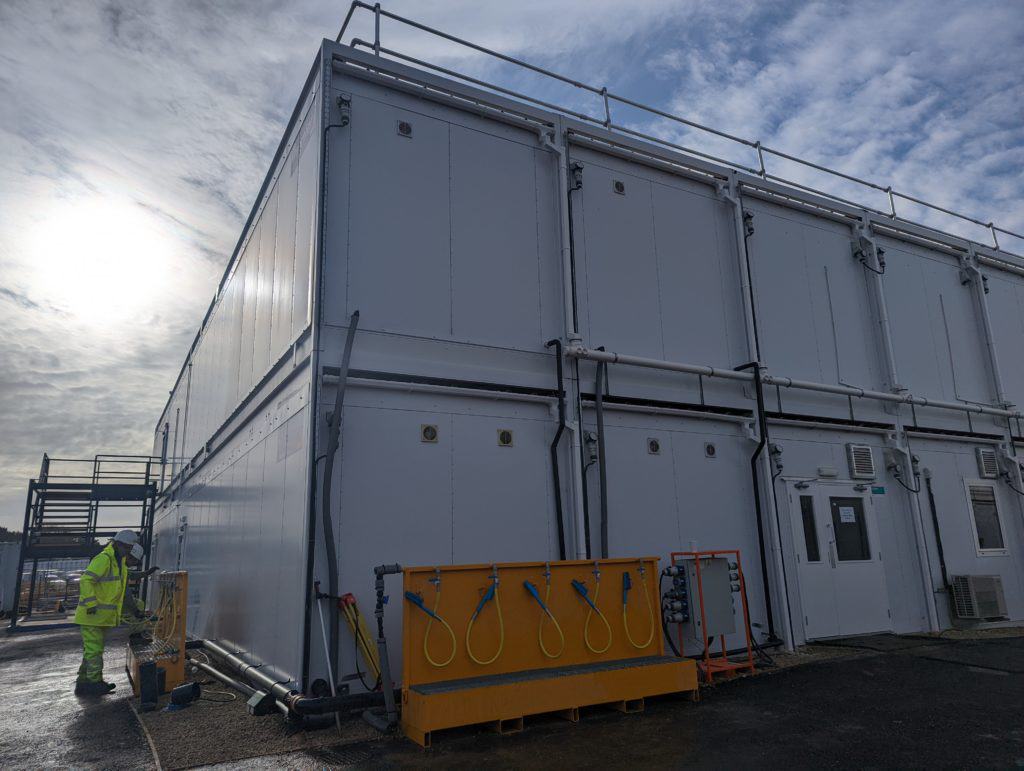
With a number of prison buildings under construction, there is an opportunity for modular solutions to be implemented more widely for ancillary buildings, such as educational, healthcare or visitor facilities. As the justice sector and prison population expands, demand for these services is likely to increase too. Through modular building, such facilities can be provided on a permanent, short, or long-term basis, depending on the need. For example, during the construction of permanent prison buildings, faith centres or offices can be moved away from building activities to reduce disruption. Using rental modular solutions for such purposes will also avoid the need for a permanent structure to be built through traditional methods, thereby cutting out unnecessary carbon emissions
3 . Modular building as…rapid deployment cells
Modular’s purpose in the justice sector doesn’t stop at supportive infrastructure with rental modular solutions being a good fit for rapid deployment cells (RDC). Modular’s scalability means RDCs can be quickly adjusted to suit changing needs – for example, where there is an influx of high-risk prisoners, modular RDCs can be introduced or increased at speed to accommodate the movement of inmates.
As the new generation of UK prison buildings starts to take shape, the space for modular in the justice sector is growing. Agile and easily tailored to suit unique demands, modular building will be a fundamental stepping stone in the great prison expansion.
Need a modular building solution that ticks your boxes? Get in touch with our specialists.

